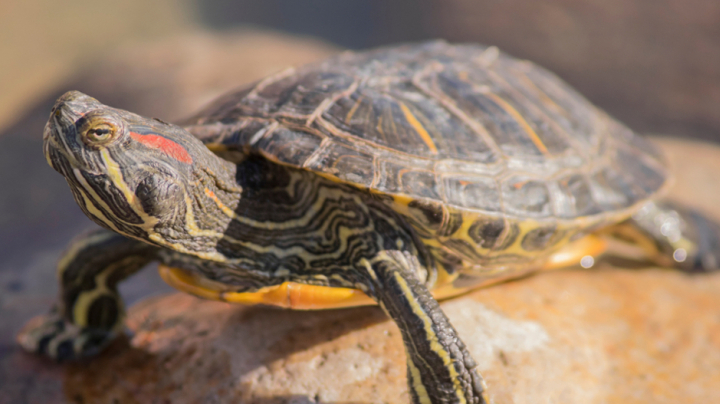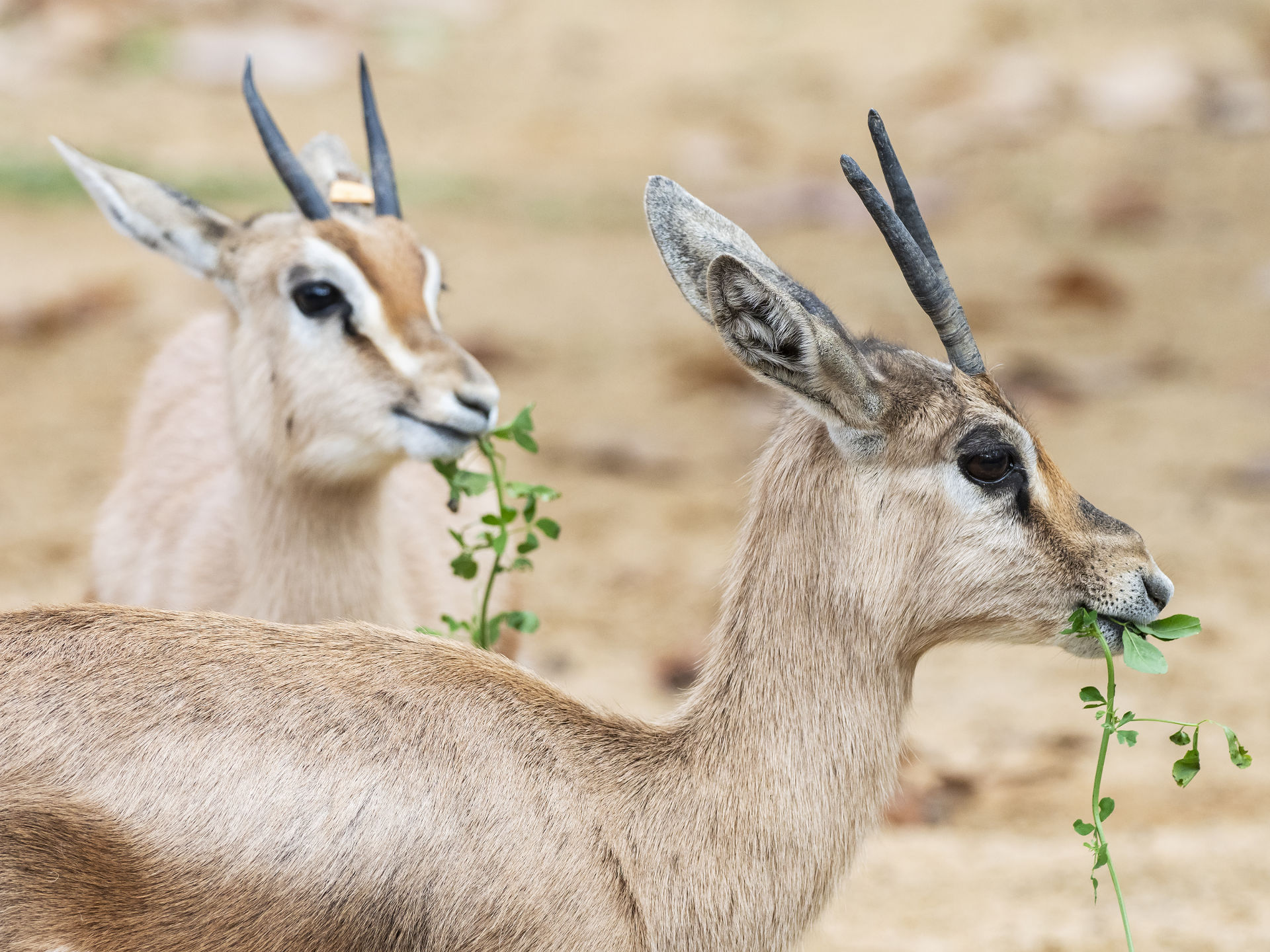
Invasions of exotic species are a key component of the global change that causes so much ecological, economical and public health problems. During the last decades, accidental or deliberate introduction of exotic species in relation to pet trade has been one of the main entry ways of invasive species. However, few studies have addressed this question, by making a detailed analysis of the health risks of these species and taking efficient management measures.
This project aims to examine in detail the importance of the trade of fishes, amphibians and exotic reptiles as an entry way for invasive species, by making one of the most thorough studies so far, that includes wholesale traders and retail and online sellers of the mentioned species. Moreover, whether the enforcement of the new Spanish law of invasive species of 2011 caused a drop on sales and releases of unwanted pets will be studied, by using time series of species that were sold or captured, on the ponds of a city located in an area greatly affected by biological invasions.
Although our weather limits the establishment of tropical species, their pathogens may remain in the environment, which may constitute a grave conservation and public health issue, such as the case of the zoonotic disease. This project will deepen on the health risk, by identifying the pathogens on the species captured in the city ponds, when evidence arises that exotic species may be carriers of the fungus Batrochytrium dendrobatidis and B. salamandrivorans –which are fatal to amphibians– Ranavirus, which are pathogens of amphibians, reptiles and fish or the Salmonella bacteria, which affects reptiles and humans. This data will be combined with a clinical examination, in order to improve our diagnostic ability on the effects that these pathogens have on these species, many of them present in zoos, animal welfare associations, animal shelters and wildlife recovery centers.



